Since time immemorial, both art and the environment have worked very well together. Just think of the cave paintings of Altamira, or all the centuries of Asian art in which nature is represented with great beauty.
The environment has been a source of inspiration in art, although in Europe the main motifs for painting and the rest of the arts were more focused on other aspects. It was not until the Dutch Baroque period, in the 17th century, when artists such as the Flemish artist Jacob van Ruisdael began to include nature in their works.
This movement was followed by many others, such as the British John Constable, the American Thomas Cole, the Dutch Vincent Van Gogh or the French Monet and Cézanne. All of them brought back the landscape, rivers and lakes to painting, although always from the perspective of showing the beauty of nature, without any protectionist zeal.
When the convulsive 60's arrived, a period in which the first ecological crises began. Many artists decided to take action and make their work more than just a beautiful human creation, raising awareness about the importance of caring for nature.
This is how a new style of art originated, the so-called Environmental Art.
What is Environmental Art?
This type of art has two different aspects. One of them is about installing or artistically modifying the natural environment, known as Land Art, while the other is large-scale works that use the natural environment to convey the message of the work.
In the early days of this artistic movement, the desire to generate impact was more important than the knowledge of how to make a sustainable work, so there were problems with the negative impact that some works produced to the environment, as happened with the creations of artists like Christo, when he temporarily wrapped the coast of Little Bay, south of Sydney, Australia, in 1969, causing problems to the local fauna; or Robert Smithson, who with his work Spiral Jetty (1969) involved permanent damage to the landscape he intervened by using heavy machinery to remove the land.
Of course, other artists learned from these actions, being much more careful when creating their works of art in nature.
Environmental artists such as the Australian sculptor John Davis and the British sculptor Andy Goldsworthy, leave the landscape on which they have acted without any damage, even re-covering with native vegetation lands that had been damaged by human use, arousing a sensitivity towards the environment with their works.
Another example is that of the Dutch sculptor Herman de Vries, who builds works with natural elements brought from different parts of the world to highlight the planet's biodiversity.

Possibly the best known environmental work of the late 20th century was 7000 oaks, an ecological protest created by Joseph Beuys in 1982, in which the artist and his assistants reforested polluted areas with 7,000 oak trees. They recorded the entire process for presentation at the Documenta art festival.
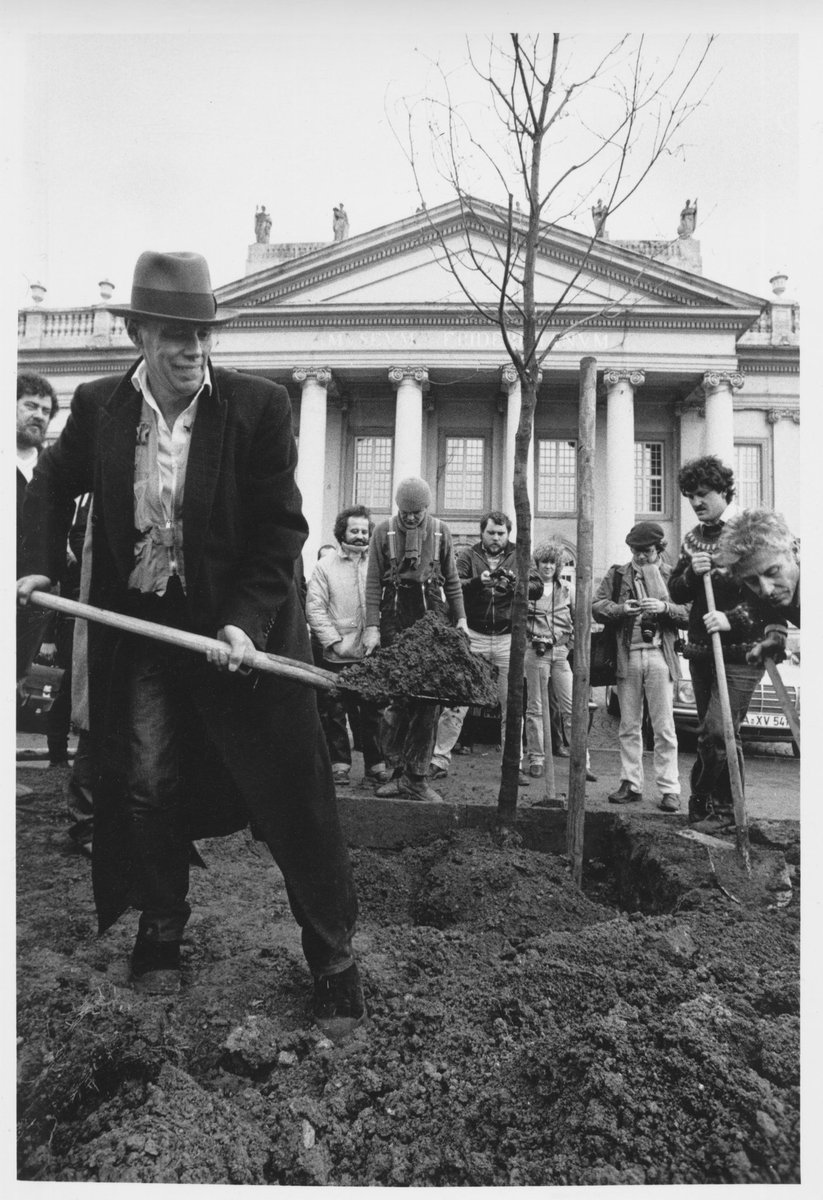
In Spain, one of the most important centers of environmental art is the Museo Vostell Malpartida, located in Cáceres. In the natural environment of Los Barruecos you can find different works created by Wolf Vostell, uniting art and nature in some of his works, such as VOAEX (Viaje de Hormigón por la Alta Extremadura).
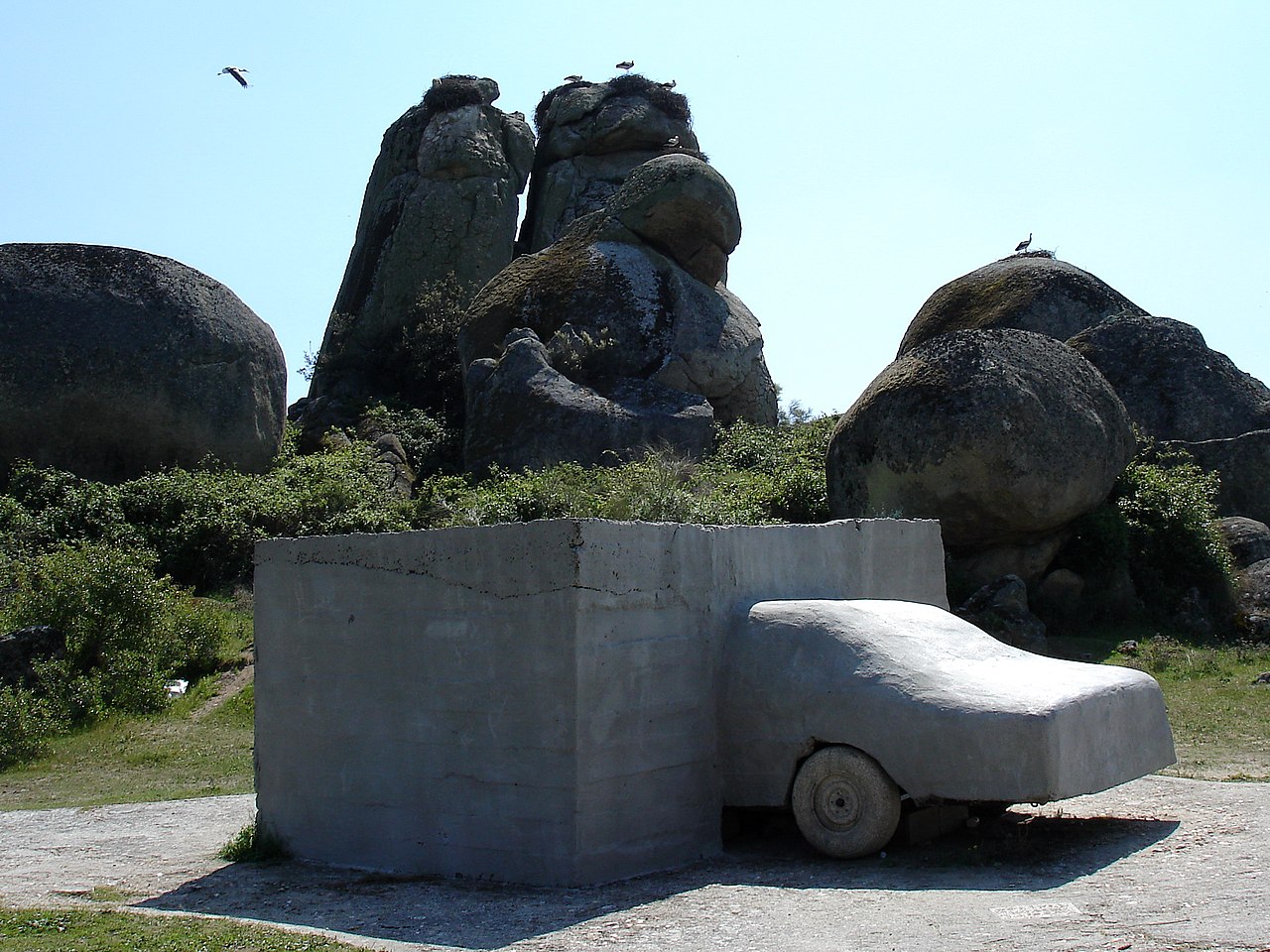
As for national artists, Eduardo Chillida has always played with the environment through his sculptures, as in the works Peine del Viento or Elogio del Horizonte, where the works interact with the natural elements, giving a new dimension to the environment.
The Canary Islander César Manrique was a pioneer in the intervention of the landscape to promote its conservation, as well as being an activist to protect the island of Lanzarote from real estate speculation and undue modification of the environment.
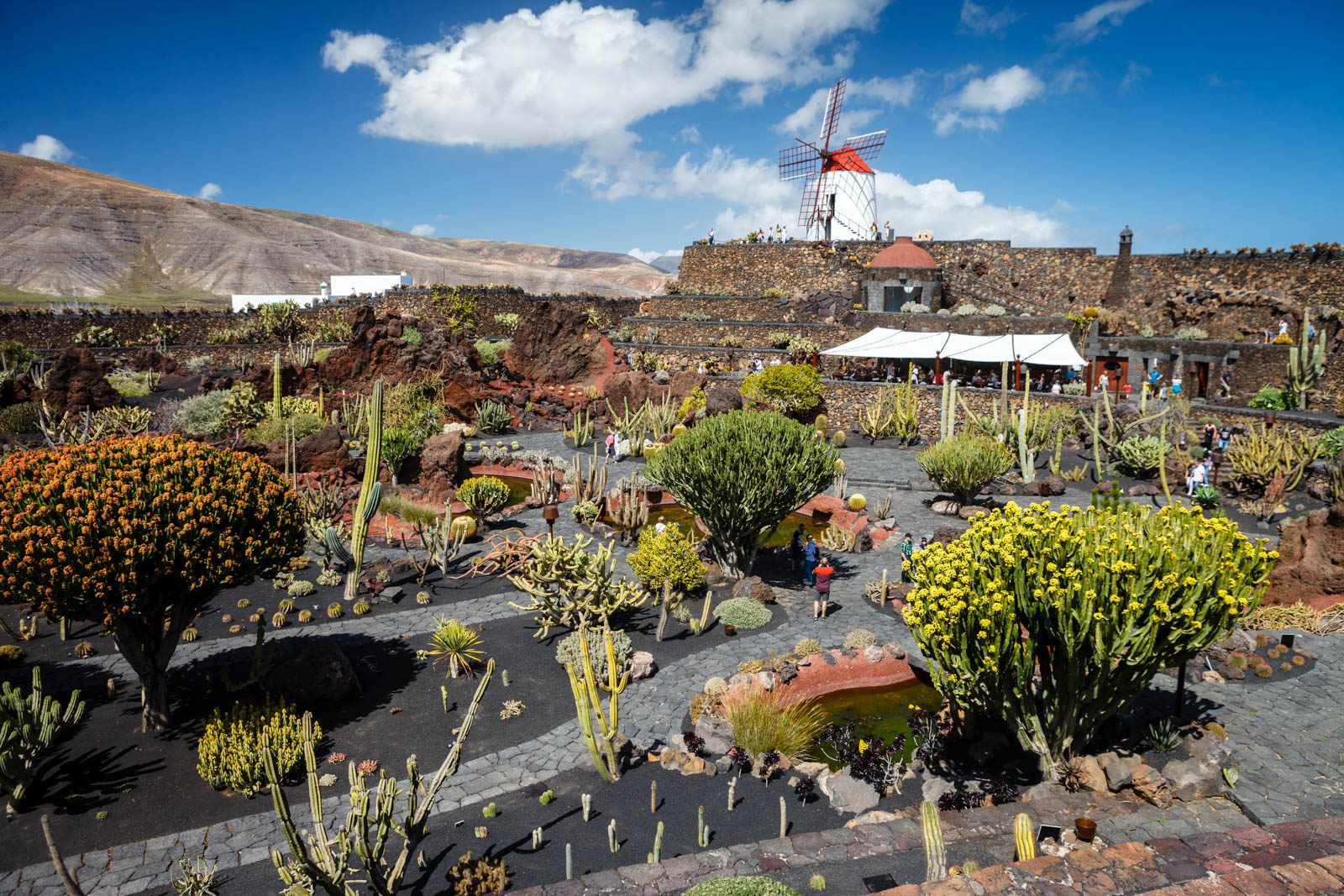
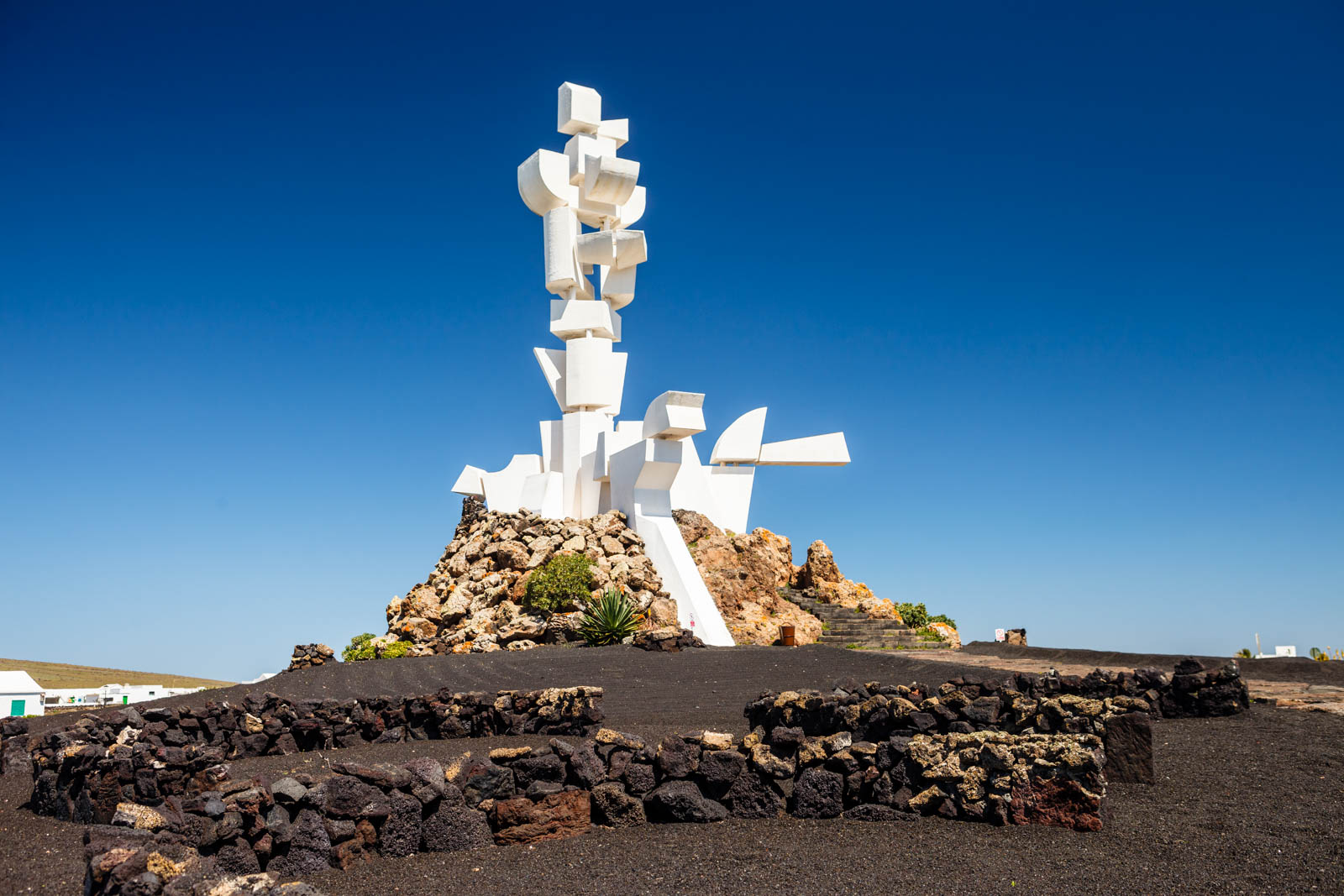
Trash artists
There are artists who have expressed their sustainable consciousness without the need to interact with the landscape, but through the materials they use for their works, often reusing and recycling waste materials.
Marcel Duchamp was one of the artists who most defended recycling as an artistic tool and one of the pioneers in using everyday materials or waste in his works, giving everyday objects the character of art by exhibiting them in museums.
The Catalan Antoni Tàpies was also one of the first artists to use everyday objects in his works, such as furniture, clothes, accessories, .... Moreover, by not fixing his works, they degrade, thus showing the effect of the passage of time on his creations.
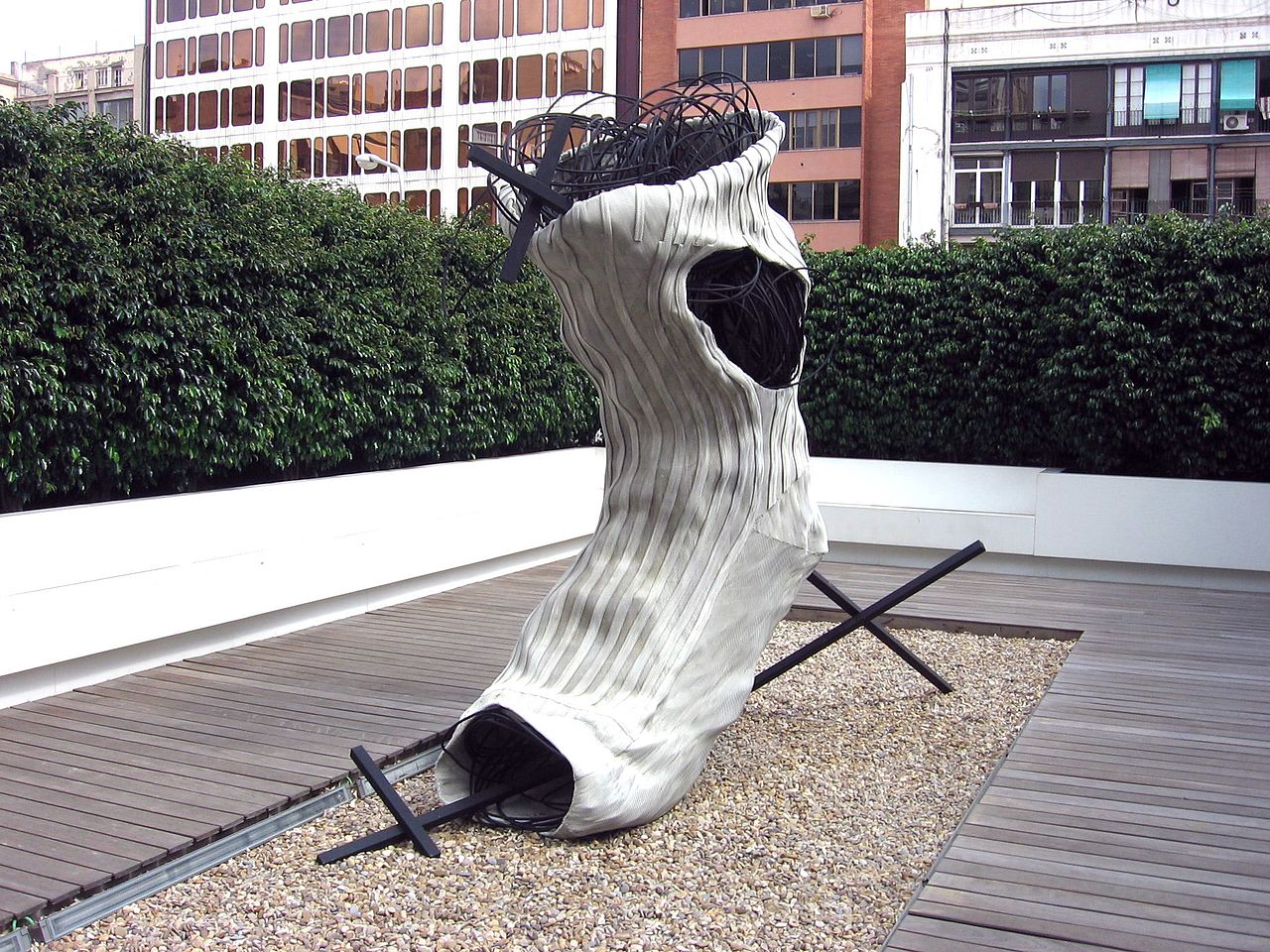
Recycled or natural materials have also served for artists like Agnes Denes to develop her Living Pyramid in New York, or to create an immense clock based on iceberg ice, as the artist Olafur Eliasson did during the celebration of the COP21 in Paris with his work Ice Watch, 2014. In the mythical Place du Panthéon, he installed twelve immense blocks of ice to warn about the urgency of acting in the face of climate change.
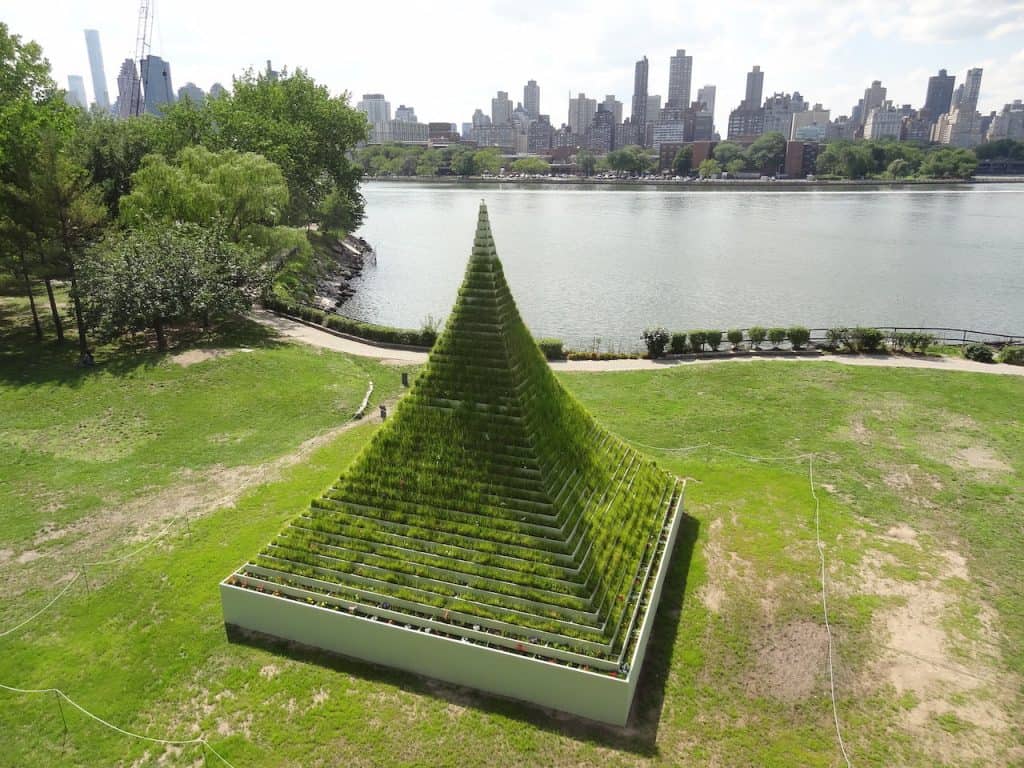
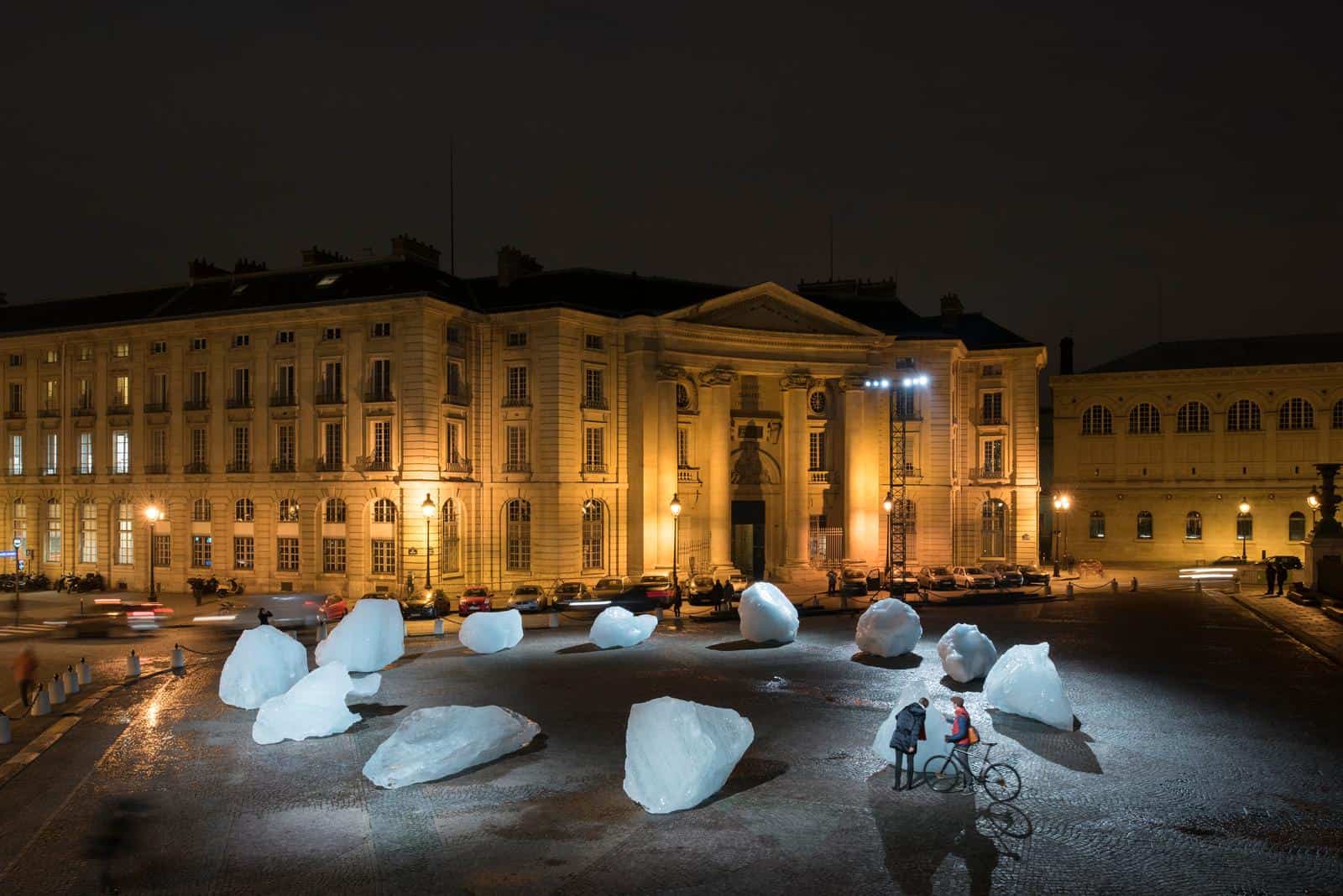
There are even ordinary people who become artists because of their eagerness to create a great work, as is the case of Justo Gallego, the religious faithful who decided to build a cathedral with recycled elements after his miraculous recovery from tuberculosis. He worked for 50 years on what is known as Justo's Cathedral, located in Mejorada del Campo, Madrid, until his death. Today, the Mensajeros de la Paz foundation continues with the construction of this peculiar cathedral.
Sustainable events and movements
With the rise of sustainability and recycling in art, different events and movements have emerged to explore this form of artistic expression.
In 2001 the Basurama collective was created, which is dedicated to research and cultural production derived from the mass production of garbage, studying all the cycles of industrial production to find out what waste is produced and what can be done with it, from an artistic point of view, through workshops, lectures, concerts and publications. Throughout their existence they have carried out more than 100 projects in four continents, and are based in Madrid.
The Madrid Design Festival is another example of how a festival focused on design expands its scope to encompass sustainable practices in the world of design, through different proposals to raise awareness of the circular economy and recycling of waste generated.
Ecological and sustainable awareness is growing in the art world, as well as in other sectors. Just let yourself be inspired by these artists to learn how to make a better and more beautiful world thanks to sustainable art.







